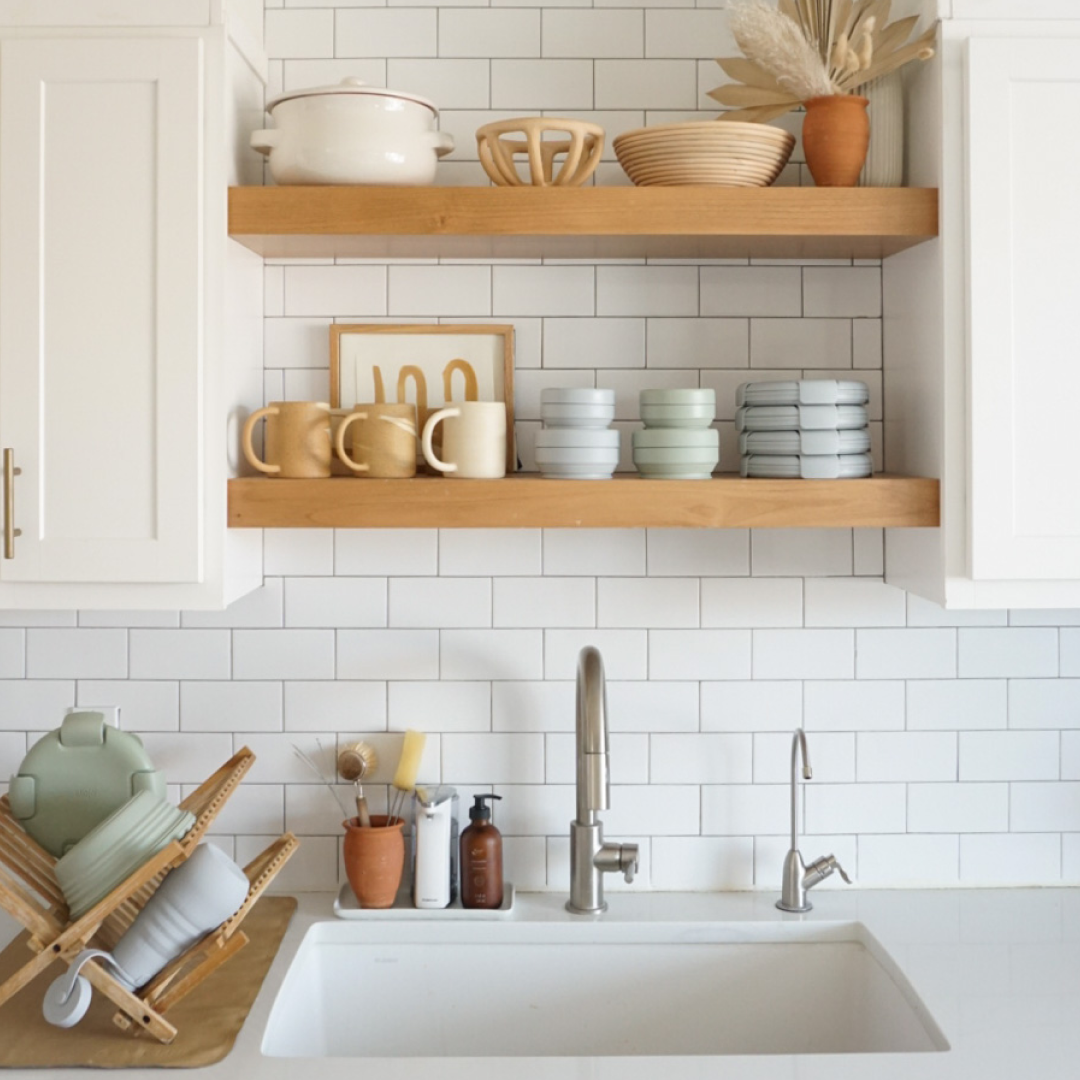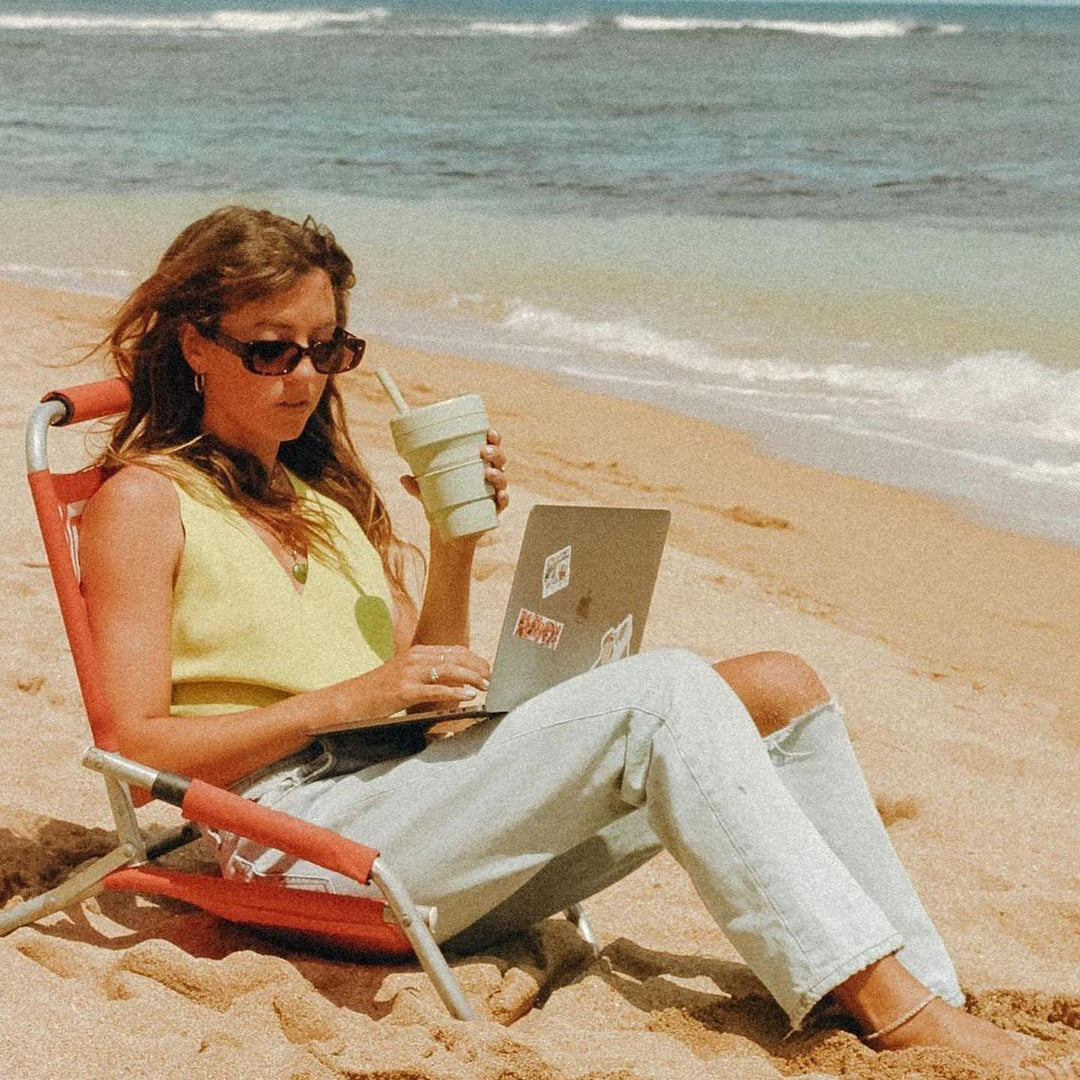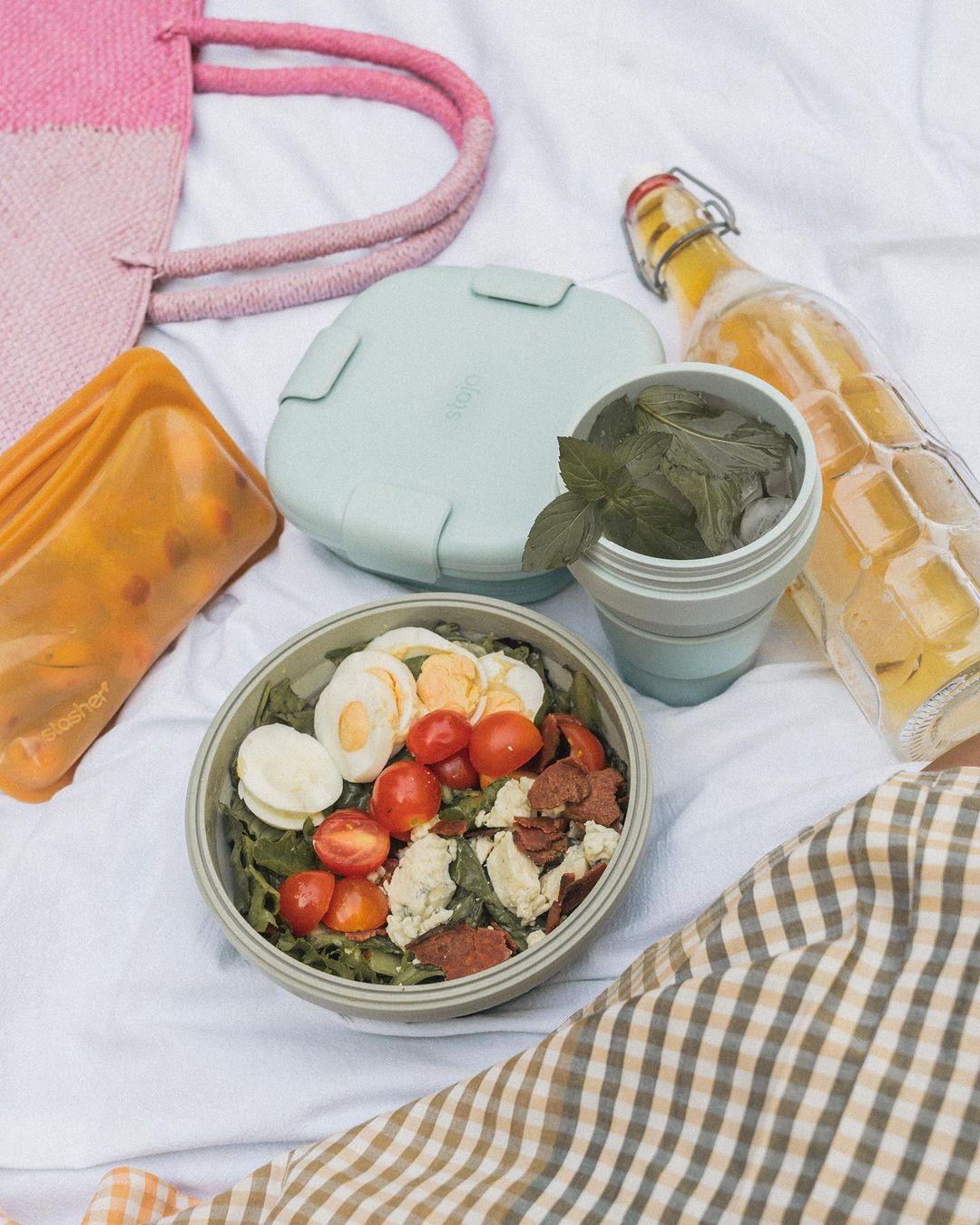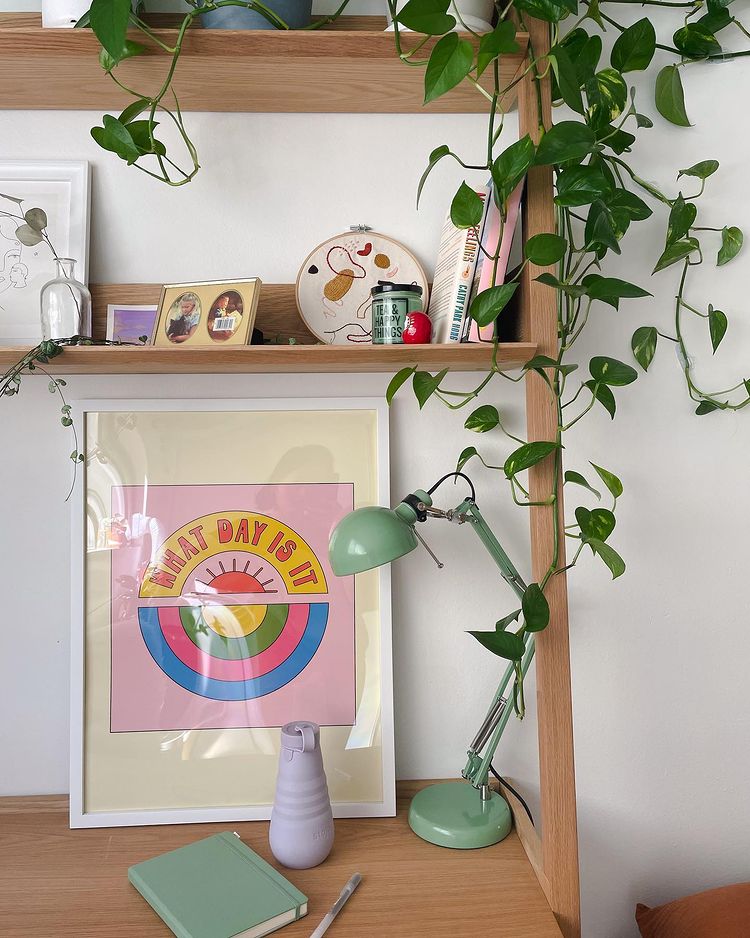Brands We Love: Wooj Design
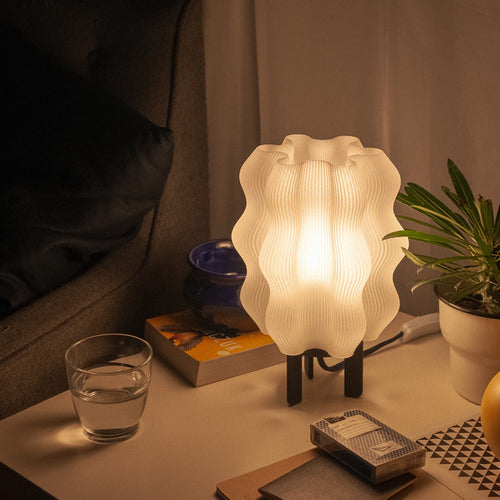
Sean Kim’s Wavy Lamps are like delicate alien creatures lighting up your room with their soft glow. They’re both a covetable design object and an experiment in sustainability and manufacturing. Sean makes the lamps out of a bioplastic made from agricultural products and 3D prints them in his own home. What started as a side project to replace a torn Noguchi lamp shade evolved into a full-fledged small practice exploring production and design in a low-waste and agile way.

What's the story behind Wooj? How did it start?
Wooj is my nickname; it is a short version of my Korean name (Woojin). I’ve been working under that name for awhile, particularly in my design work.
I officially created Wooj as my design studio last year at the beginning of the pandemic. I was, like many people, pretty depressed. I am currently in my last year of my graduate program; most of my classes are very practical and hands on. Everything immediately transitioned to fully online and we lost a lot of that tactility. I was, to put it mildly, “not feeling it”. I was looking for a project to put some time and energy into to pull me out of the state I was in.
What initially started as a small effort to replace a torn Noguchi lamp shade quickly morphed into a full fledged effort into designing a new lighting fixture from scratch. At the end of that process, I had the first version of the Wavy Lamp. I ended up getting some great feedback from Instagram which encouraged me to try to sell it.
To be honest, I thought I would sell maybe five lamps to friends and family, but interest grew and it quickly expanded (something which still continues to amaze me)! I am incredibly grateful to my initial customers and to everyone that finds joy in a Wavy Lamp.

Tell us more about your experience with traditional manufacturing and the collision with 3D printing? How did you begin to combine these two contrasting practices?
In traditional manufacturing, initial costs are usually very, very high, even if you already have the tools and machines you need. For many parts (of something like a lamp), you construct a mold, which is then used to produce many copies of a part. Molds tend to be very expensive and require a ton of revisions to get right and set up properly.
Most products that you buy are made of multiple parts, each requiring their own molds to build; complexity is added when the product has electronics, more than one material, or any number of other small variables. The high cost of this basically ends up necessitating that you sell many units of your product in order to recoup that initial cost.
3D printing does not require that initial large investment. If you want to try a design, you can just print it and see if you like it. For the most part, it is not more complicated to print one thing versus another. The important thing about that for me was that I was able to start my business with one printer and grow organically. It also means that I don’t need to sell hundreds or thousands of units to be profitable and I don’t need to make more things than there is a demand for. Ultimately, despite being machine-centric, I think this ends up being a much more humane and sustainable way to build a business.

What is the Wooj lamp made out of it, and why did you choose that material?
The lamp itself is primarily made out of Polylactic Acid (PLA), which is a bioplastic made from agricultural products. It can be made from a variety of plants, but generally, it is made from corn. PLA is biodegradable, but also fairly strong and easy to work with. However, the sustainability of the material is only as good as the methods used to produce them. I am constantly thinking about sourcing, transportation, and the many other things that make a product sustainable.
How are you exploring sustainability or conscious consumption in your work and pieces?
Though most product designers don’t want to imagine it, most of their products will eventually end up in the trash. Making this worse, many products cannot be disassembled easily, which usually results in the entirety of a broken or discarded product ending up in the landfill -- even if there are recyclable or compostable components in the product. The current version of the Wavy Lamp is almost entirely disassemblable, which means if a part breaks, it can be replaced relatively easily. If it is (sadly) at the end of its useful life, it can be taken apart so that parts which can be recycled or composted can be separated out.
Also, we’re currently looking to find a new, larger studio, which will let us get some very exciting equipment, like a plastics recycler. A plastics recycler will allow us to print with new materials created from waste plastics, which will help us create a more closed production loop. In the design and production process, we also create waste in the form of failed tests or bad batches in the production. With the recycler, we will be able to reuse those materials.
Where do you see yourself in five years?
Hopefully still running my own studio, but with a net-negative carbon footprint!
How do you implement conscious consumption + sustainability practices in your own life?
It’s quite hard! I think having grown up in an incredibly consumption-focused environment, it is difficult to find an anchor point outside of that mentality. That said, there are a few things that I try to do in order to be more conscious with regards to consumption.
Firstly, I try really hard to determine if I really need something, and, if I do, to try to find the thing that will be the most reliable and last over a long period of time. People who know me can attest that I put all my clothes through the ringer, getting them covered in sawdust, paint, biking in them, etc… But because they tend to be pretty high quality, they can take it.
Secondly, I prefer to get old things that I can restore. I have been lucky enough to find a variety of street furniture over the years that just needed some TLC to get to the good stuff under the grime. I think that if something has survived for a long time, there is an inherent quality to the object that helped it last that long. About half of my furniture at home are recovered pieces.
Any books, podcasts or articles you love that have helped further your education on climate and sustainability, or intersectional environmentalism?
The Mushroom at the End of the World is one of my favorite books about climate change, sustainability, capitalism, and intersectional environmentalism. It is ostensibly about the matsutake mushroom, the most valuable mushroom in the world. Matsutake grows almost exclusively in forests which unfortunately have been disturbed by human activity and the book covers this beautifully, asking us to consider what will grow in our ruins. I cannot do this book justice with my description, but it is expansive and poetic. The book’s subtitle is bleak: “On the possibility of life in capitalist ruins,” but ultimately, the book gave me a glimmer of hope for life on this planet.
Follow Sean at @wooj.design and purchase the wavy lamp on his website.
